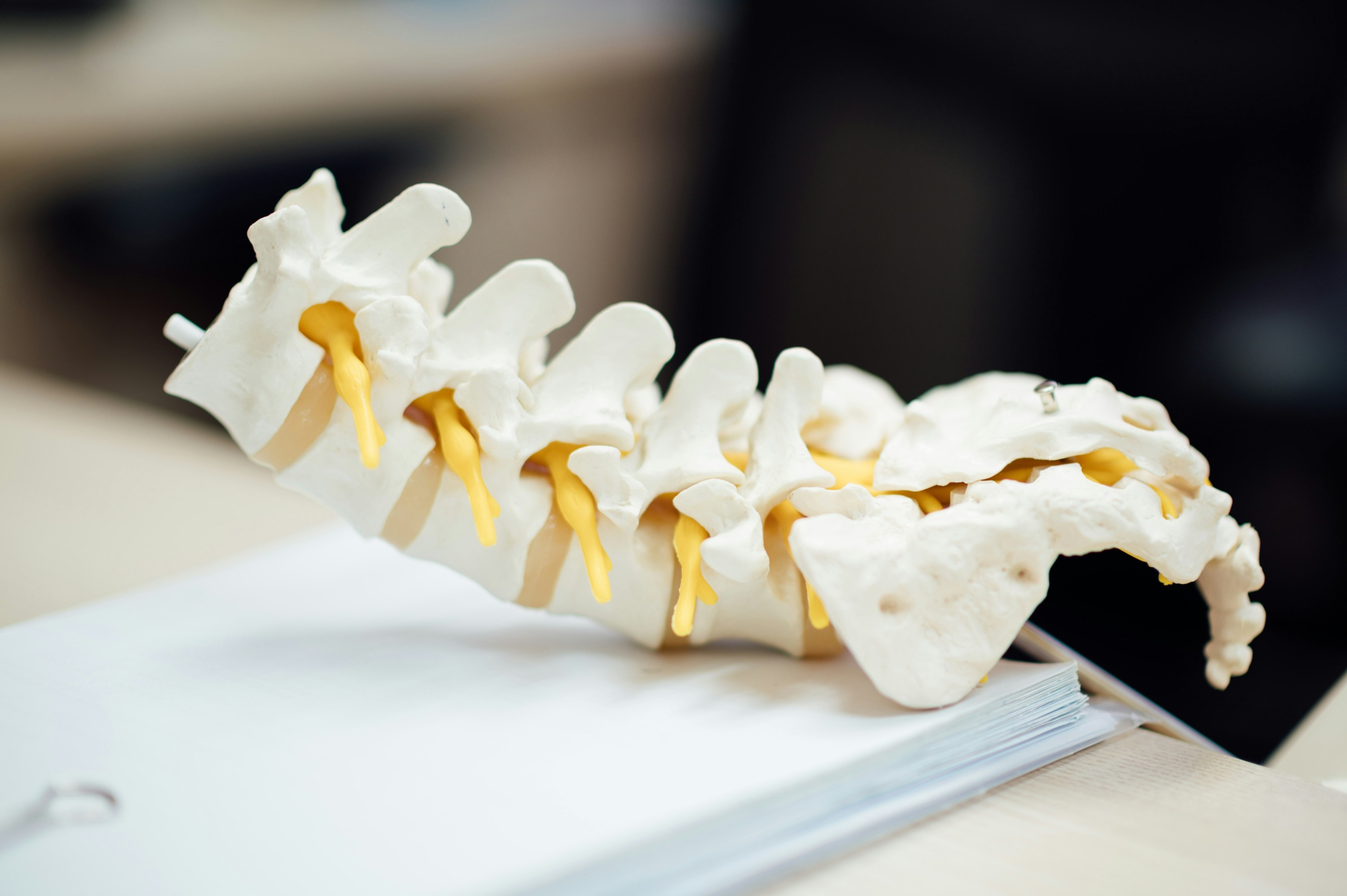Understanding Facet Arthrosis: A Guide to Spinal Health
Facet arthrosis, also known as facet joint arthritis, poses a significant challenge in spinal health, impacting countless individuals with varying degrees of back pain and mobility restrictions. This condition specifically targets the facet joints, vital components of the spine’s structure that provide stability and facilitate a wide range of movements. When these joints degenerate or become inflamed, the resulting pain and limited mobility can severely diminish quality of life.
The Role of Facet Joints in Spinal Function

The journey to understanding facet arthrosis begins with appreciating the pivotal role of the facet joints in everyday movements. Nestled between the vertebrae, these joints support spinal motion while safeguarding against excessive movements that could lead to injury. Despite their resilience, facet joints are not immune to the wear and tear of daily life. Over time, the cartilage cushioning these joints may deteriorate, leading to inflammation and the hallmark symptoms of facet arthrosis: discomfort and restricted physical function.
Symptoms and Causes of Facet Arthrosis
Facet arthrosis is a complex condition with symptoms that range from mild discomfort to severe pain and stiffness, often hindering daily activities. Common symptoms include localized pain in the spine, stiffness, and a reduced range of motion. The condition can worsen with specific movements or at certain times of the day. Its causes are equally multifaceted, encompassing aging, injuries, obesity, and genetic predispositions that accelerate joint degeneration.
Diagnosis and Natural Management
Diagnosing facet arthrosis typically involves a combination of physical examinations, patient history, and imaging tests such as MRI or CT scans. Natural management strategies emphasize:
- Physical Therapy: Tailored exercises to strengthen muscles supporting the spine.
- Lifestyle Adjustments: Incorporating ergonomic practices and reducing back strain.
- Daily Activity Modifications: Adopting a routine that minimizes flare-ups and supports spine health.
These approaches are essential for mitigating symptoms and enhancing mobility without reliance on invasive procedures.
Targeted Treatments for Facet Arthrosis
The treatment plan for facet arthrosis often depends on the condition’s severity and location:
- Lumbar Facet Arthrosis: Affects the lower back, requiring exercises and therapies focused on this region.
- Cervical Facet Arthrosis: Impacts the neck, necessitating targeted interventions for flexibility and pain relief.
Advanced treatment options include:
- Facet Block Injections: Delivering anesthetic and steroid medication directly into the affected joint for temporary relief.
- Radiofrequency Ablation: A minimally invasive procedure that disrupts pain signals from the affected nerves.
- Medications: NSAIDs and, in severe cases, stronger pain relievers or muscle relaxants.
Preventive Measures and In-Home Care
Preventing facet arthrosis involves maintaining a healthy weight, practicing good posture, staying active, and incorporating daily stretching and strengthening exercises. For those with advanced symptoms, professional in-home care services can provide valuable support, ensuring safe and effective management of the condition.
Informational Insights on Facet Arthrosis
Facet joints are integral to the spine’s flexibility and stability, allowing for smooth movements like bending, twisting, and extending. When inflammation affects these joints, pain and stiffness become prominent, exacerbating joint deterioration. Risk factors include age, genetics, obesity, and certain lifestyle habits such as smoking. Differentiating facet joint pain from other back pain sources is crucial for tailored treatment. Ongoing research continues to explore innovative surgical techniques and regenerative medicine approaches to enhance patient outcomes.
Adopting a Holistic Approach to Facet Arthrosis Management
Successfully managing facet arthrosis requires a comprehensive and informed approach. By understanding the condition’s nuances, individuals can take proactive steps to address their symptoms, preserve mobility, and maintain their quality of life. Combining medical treatments, lifestyle changes, and physical therapy not only alleviates immediate discomfort but also supports long-term spinal health. With advancements in research offering new hope, those affected by facet arthrosis can look forward to improved treatments and better management strategies.
A holistic approach, grounded in knowledge and proactive care, empowers individuals to lead fulfilling lives despite their diagnosis.
Reference Links:
https://www.ncbi.nlm.nih.gov/books/NBK538228/



